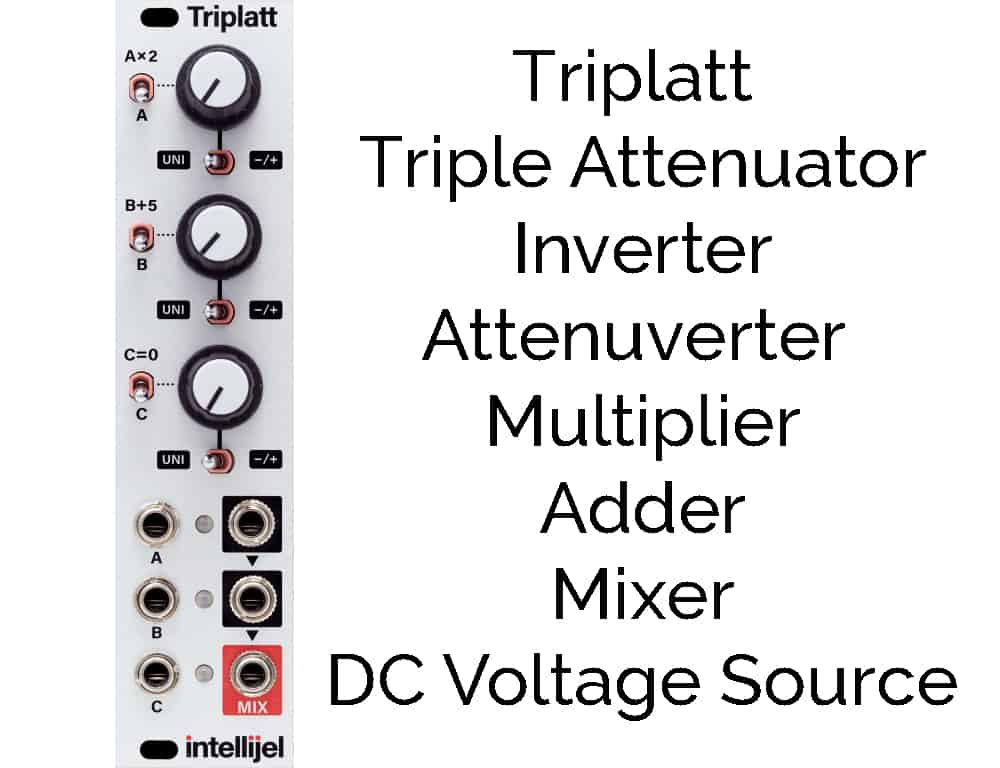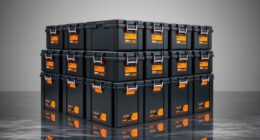Bloom a Fractal Sequencer
Bloom is capable of generating infinitely evolving melodies. At its heart is a compelling 32 step sequencer with two autonomous channels and typical and easier to grasp interface. What makes the Bloom come alive are its fractal algorithms which can transform existing sequences into powerful melodies, or even generate new patterns altogether.
The Bloom is its capability to create an endless number of variations of your original sequence. You can travel through all of our possible variations to find a new sequence and inspiration.

The essence sequence is known as the Trunk and can be programmed by hand, or automatically generated with the Mutate function. Once a Trunk sequence is in place, fractal transformations are only a knob turn away by using the Branch and path controls. Each new Branch adds a complete variation to the base sequence and Path determines its passage through the set of recursively generated sub-sequences, offering a unique take on the melody with each turn of the knob.
Bloom Features
- Fractal sequencer
- Infinitely evolving melodies
- Two independent channels
- 32 steps per channel for base sequence, 256 steps for generated sequences
- Ratchets, per step slew, quantized output, and transpose control
- 8 pattern locations w/ save, load, copy, and erase functionality
- Width: 16HP / Depth: 23mm










